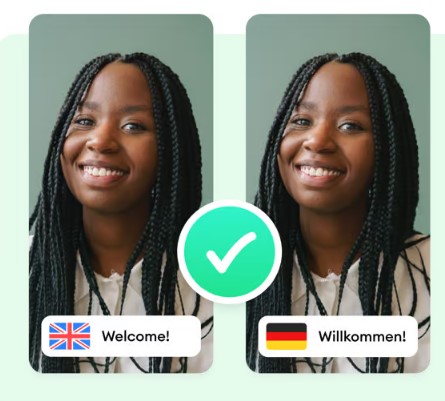Auto-Captions in Video Translation: Helpful or Hurtful?
In the early days of the Internet, users were limited to reading articles. However, technological advancements over time have expanded options to include watching videos and listening to audio. Platforms such as YouTube, Facebook, Instagram, and numerous others have gained more popularity over time for content consumption, as videos tend to captivate the audience and offer an interactive experience.
In today’s global village, the Internet and social media allow people to access and explore diverse lifestyles, places, and cuisines. It gives immense joy to discover the experiences of others but languages remain a barrier. Users of social media can watch videos, and audio, or read articles but they may not understand the specific language. To tackle this problem, content creators often get the services of companies such as voice-over talent and many more. These companies provide video translation services for content creators making content accessible to a broader audience through subtitles – captions displayed at the bottom of screens that translate or transcribe dialogue or narrative.

Moreover, social media platforms such as YouTube, Facebook, Netflix, and several others have provided the option of auto-captions over time. These platforms utilize speech recognition technology to automatically generate captions for videos. However, as these automatic captions are generated by machine learning algorithms, the quality of the caption may vary but recent years have seen significant improvements. Despite its pros and cons, auto-captions are useful for viewers, even if not hundred percent correct.

Auto-Captions are quite convenient for the deaf community, providing them the facility to watch and consume video content. Additionally, people enjoy watching videos with captions/subtitles in noisy or public environments. Particularly, Gen Z is more comfortable watching content in public: one study shared that 74% of Gen Z watch videos in public on their smartphones, compared to 57% of the total US population. Auto-Captions also catch up with those watching videos in silent places without headphones, providing them the opportunity to enjoy videos without disturbance.
For non-native speakers, auto-captions solve language gaps. For instance, the most popular drama series, “Ertugral Gazi,” provides accurate English auto-captions, enabling more people to watch. Moreover, Videos with auto-captions get more views, as demonstrated by a Discovery Digital Network (YouTube Channel) experiment, resulting in a 7.32% total increase in views.

English-language videos provide highly correct auto-subtitles, helping viewers to understand the content even if accents pose challenges. Recently the rise in AI-generated captions has further boosted the usage of auto-captions. According to the 3Play Media 2023 State of Captioning report, over 70% of surveyed respondents use auto-captions, with or without some level of manual editing.

In summary, Auto-Captions prove to be incredibly valuable for various purposes, and despite its errors or misguides, its numerous benefits outweigh its minor drawbacks. The impact is evident as it enables a vast audience to engage with content that might otherwise be inaccessible. According to a YouTube blog the number of videos with automatic captions on YouTube now exceeds a staggering 1 billion. Further, it mentions that people watch videos with automatic captions more than 15 million times per day It’s clear that Auto-Captions have become an integral part of the content consumption experience, likely gaining even more endorsement in the times ahead.
Author is tech enthusiast and member of seventick community, he can be reached at: syedsanaullah19@gmail.com